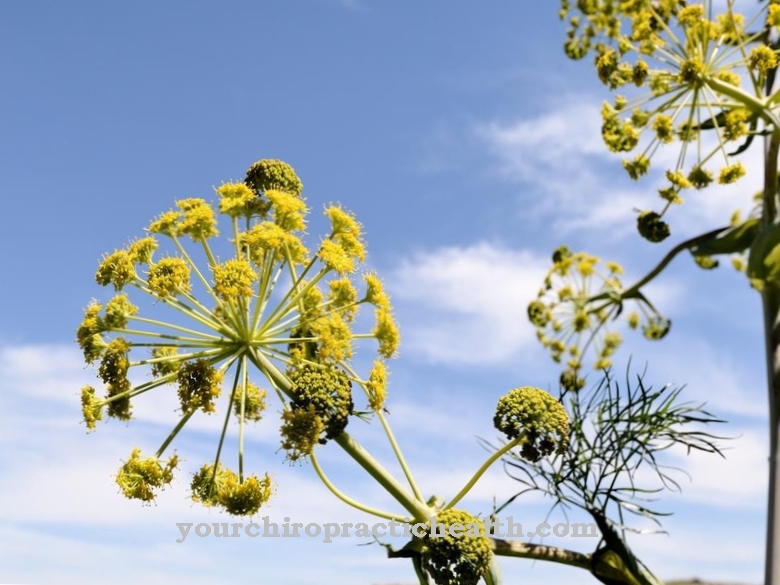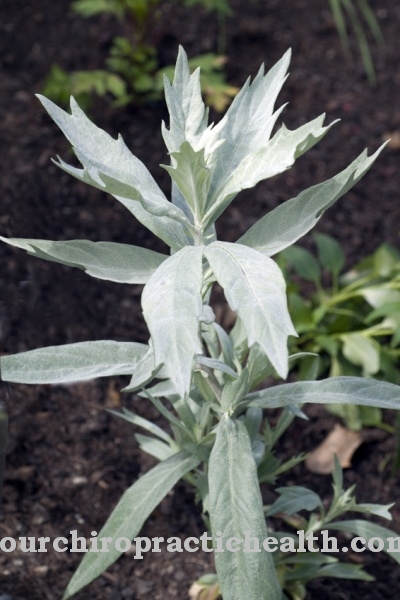Occurrence & cultivation of the lilac

The olive family comprises around 25 species. Most of the generic representatives grow either as shrubs or trees. They are summer green. The leaves are usually stalked, the branches sometimes four-winged. The inflorescences have an almost unmistakable structure: They are clustered in several inflorescences. The flowers themselves are hermaphroditic and fourfold. Most often their color is purple-red or dark purple. However, there are also yellowish or white inflorescences.
Lilac scent is very strong and often attracts bees and butterflies. However, most animals avoid it lilac and do not use it as a forage crop because it is very bitter. Most species of lilac bloom between May and June. The sepals of the lilac are fused bell-shaped and the ovaries are above. Lilac forms capsule fruits with winged seeds. The plant genus is primarily native to Asia and Europe. Lilac is found in Korea, Nepal, Afghanistan, India and Japan, but also in Southeastern Europe. There are 16 different types of lilac in China.
As early as the Middle Ages, the plant was planted as an ornament in cottage gardens. In Spain, lilac was introduced by the Moors as early as the 10th century. It did not arrive in England and Central Europe until the 16th century, where it is still a popular garden plant today. The Turkish name of the plant was originally "Lilac". In the German area, this became the color designation “purple”, for which there had been no name of its own until now. For this reason, the common name of the plant is purple to this day.
The lilac symbolizes romantic and innocent love. In spring, the bark of the young twigs is collected, the leaves and flowers when they have just opened. The lovely smell of the lilac belies its bitter taste. The bitter substances it contains, on the other hand, are what make lilac a remedy for various diseases.
Effect & application
The common lilac in particular is used as an ornamental shrub in gardens and parks. Some varieties of lilac are used as cut flowers. In addition, lilac has a very symbolic meaning. For this reason, the plant can also be found on shirts during festivities. The custom is particularly widespread on Father's Day.
In naturopathy, both the flowers and leaves as well as the fruits and bark are used. All parts can be used against various diseases. In most cases, naturopaths recommend using lilac in the form of tea. These teas can be drunk as well as used externally. Baths with tea are possible and help, for example, against rheumatic pain. An oil extract can also be made from the dried lilac blossoms. This extract can also be used against rheumatism.
Those affected rub the painful areas with the oil. Up to two spoons of the dried flowers are used to make the tea from the flowers of the plant. Whoever uses the leaves only needs a teaspoon. Another variant is the processing of 300 grams of freshly collected flowers and leaves. These are placed in olive oil and left in the sun for 25 days. The vessel should be covered. This mixture can also be used for sciatica pain or for sore muscles and joint problems.
The teas can be used on the one hand to strengthen digestion, but on the other hand also against fever and hiccups. There are different recipes for using lilac against fever. For example, 50 grams of the dried lilac blossoms can be boiled in one liter of water for five minutes. The decoction is then strained. This mixture should be used up throughout the day. Lilac contains essential oils, farnesol, bitter substances and alpha pinene. It also contains syringin and anisaldehydes.
Importance for health, treatment & prevention
As already mentioned, lilac is used, among other things, to strengthen digestion. In naturopathy, tea made from the flowers of the plant is particularly recommended. This should be drunk twice or three times a day. The tea made from the fruits of the lilac is also ideal for relieving digestive problems. This is used, for example, for flatulence and diarrheal diseases.
Nevertheless, especially in the case of diarrhea, a doctor should be consulted after a few days, provided that the symptoms do not subside with self-directed treatment. Preparations made from the leaves or the bark help against fever. Again, two to three cups a day are recommended to lower the fever. The bitter substances and oils contained in lilac are particularly effective. In addition to treating rheumatism, the topical use of lilac can also help against gout attacks and alleviate the symptoms.
Other areas of application of lilac are oral mucosal infections. The plant has a toning and disinfecting effect. In addition, lilac is pain reliever, sedative, and anti-neuralgic. Due to its sedative effect, lilacs are often found in herbal sedatives. However, home remedies can only partially replace a visit to the doctor and should only be used if the symptoms are not too severe. If they appear for the first time, a visit to the doctor is always advisable.














.jpg)













